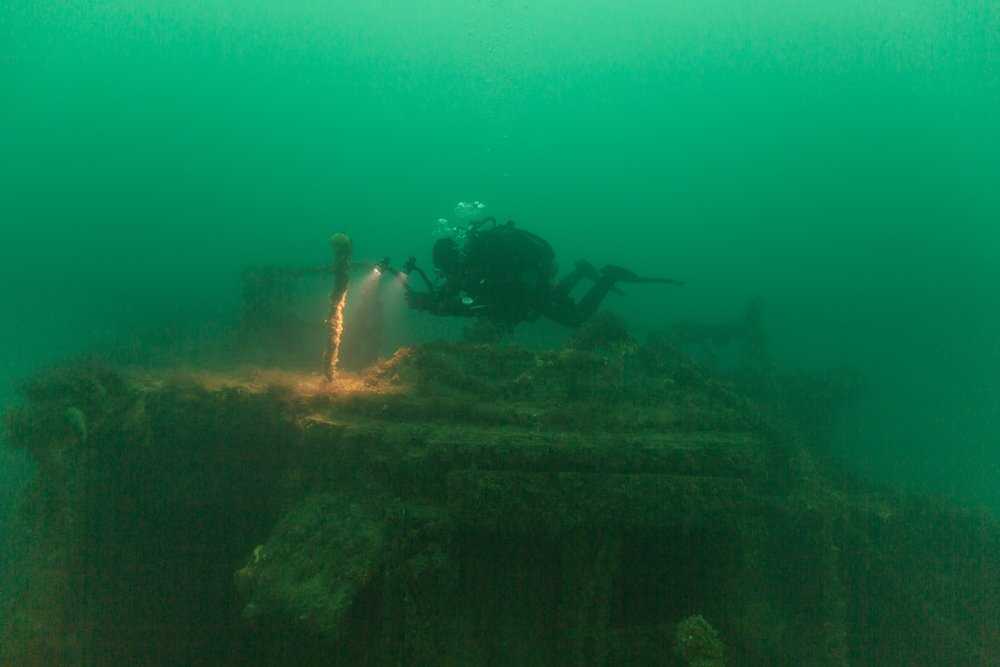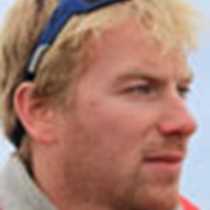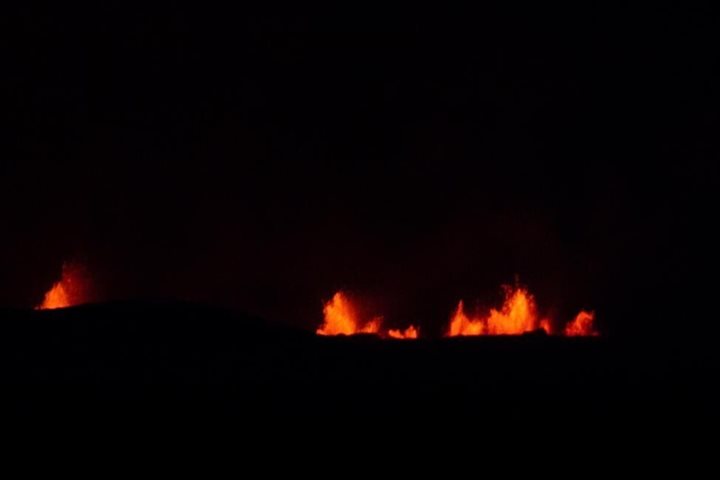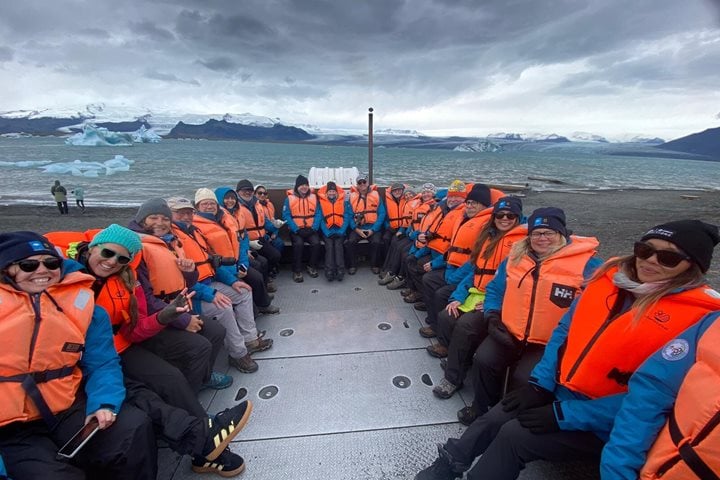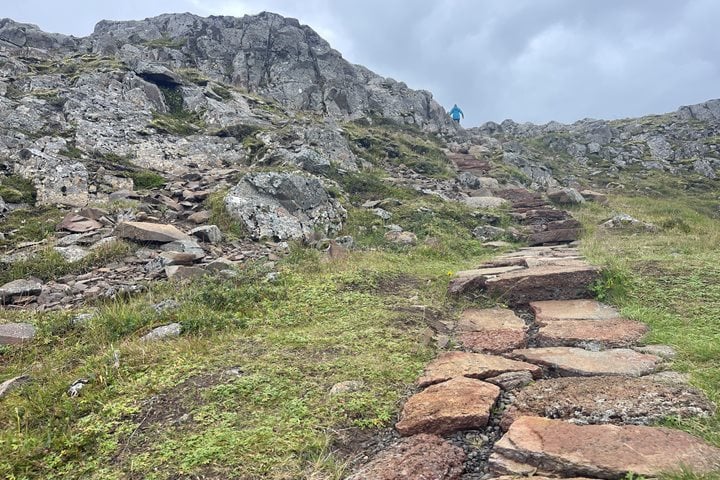The north east of Iceland is a remote and rugged place. Nestled amongst the steep cliffs and vast and earthen green landscape of this remote area is the small town of Seyđisfjördur. With a population of less than 1,000 individuals, Seyđisfjördur may be a place of few people, but it has a rich history and has been inhabited since the 9th century.
This afternoon was an opportunity to discover what is today; an unassuming and quaint Icelandic town. Whether taking off on hikes or joining a guided tour of the streets of Seyđisfjördur, you wouldn’t have known this quiet place was once a significant base for the Allied forces in WWII.
The Seyđisfjördur of the 1940s must have looked starkly different to the peaceful harbour we sailed into today aboard the National Geographic Orion. Had you been visiting on 10th February 1944 you would have seen a town in the grips of a targeted attack, which thankfully bore no casualties and ultimately left one of Iceland’s most famous shipwrecks lying in the depths of Seyđisfjördur Harbour.
The ship was the El Grillo – a British oil tanker supplying the Allied forces with a vital supply of winter fuel. The El Grillo was targeted from over 1,000 miles away: three German long-range bombers had flown all the way from Norway to Seyđisfjördur, where they succeeded in sustaining huge damage to the ship. The damage was so severe the captain gave the command to abandon and scuttle the ship. The El Grillo would otherwise remain a prime target in an important Allied forces location.
When a ship sinks quickly and in cold water there is a chance it will be well preserved for decades to come. Indeed the El Grillo has remained in impressive condition and can now be found between 22 to 45 meters on the seabed of Seyđisfjördur Harbour.
This afternoon the undersea team dove down to explore the El Grillo, which was cleared of its 2,000 tonnes of remaining oil in 2002. The divers found a wreck in impressive condition and covered in marine life. Large parts of the El Grillo superstructure are still clear to see and almost every surface is covered in algae or marine invertebrates such as sponges, sea squirts, sea stars and sea anemones.
Hiding in the darker recesses of the ship were lumpfish and wolf fish and this shipwreck is known to be home to some of Iceland’s largest wolf fish. This fish can grow to over 1.5m in length and displays a set of teeth that leave a scuba diver in no doubt of where the name wolf fish comes from. These dark blue creatures are a special sight to see in these northern icy waters.
Today the El Grillo attracts divers from all over the world, many of whom will enjoy a refreshing bottle of the local beer “El Grillo” post dive. However, the National Geographic Orion’s undersea team had a more pertinent task – to share the shipwreck of the El Grillo with everyone on board via the footage and images captured this afternoon.
As everyone returned from an afternoon exploring Seyđisfjördur, the galley team had their wonderful cocktail hour in full swing. With a drink in hand and sitting in a rather cosy and comfortable lounge, we were treated to the frigid underwater sights of Seyđisfjördur and the wreck of the El Grillo.

